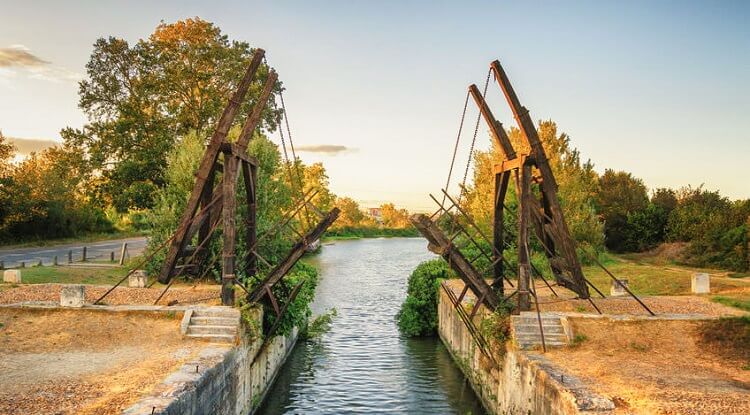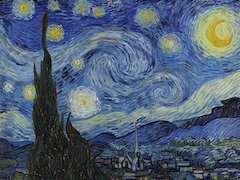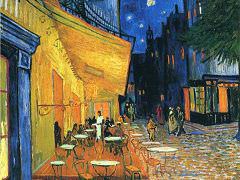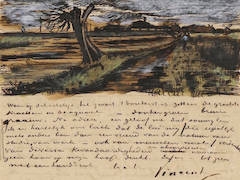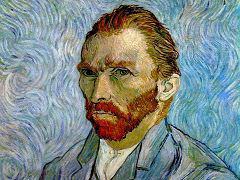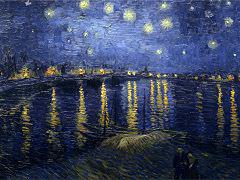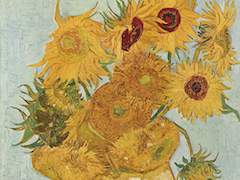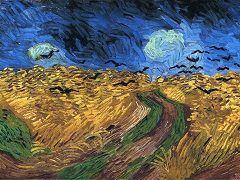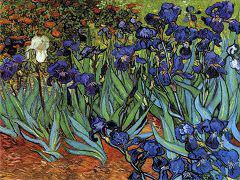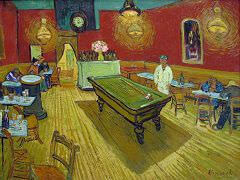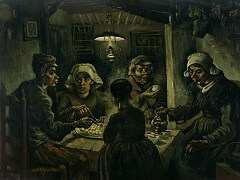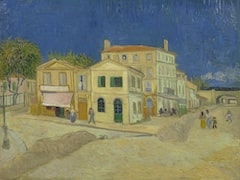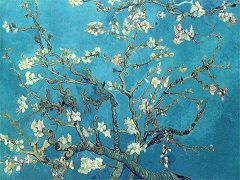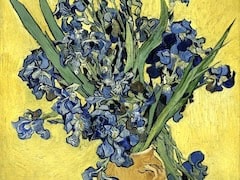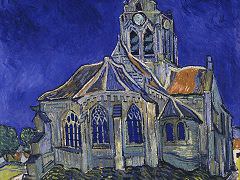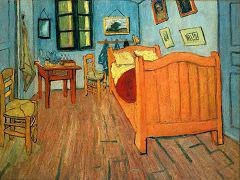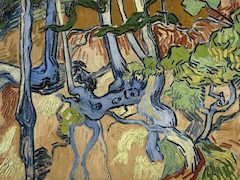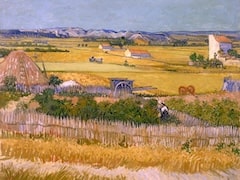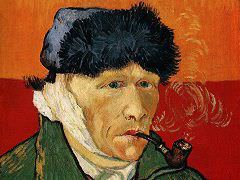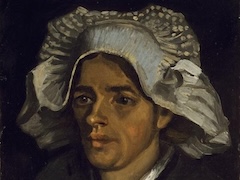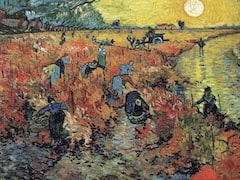The Langlois Bridge at Arles, 1888 by Vincent van Gogh
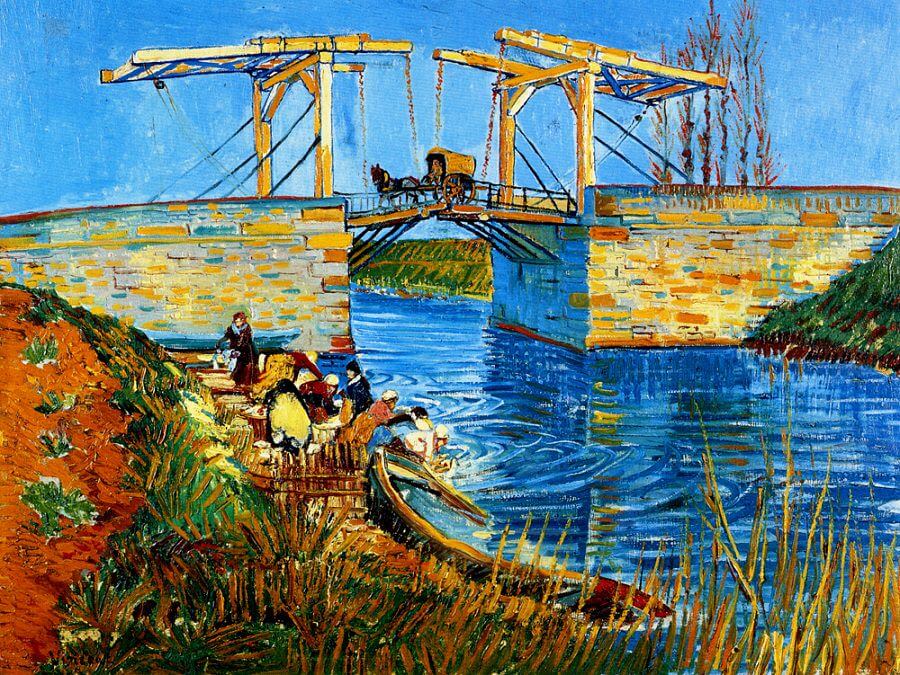
After two years in Paris Van Gogh left the city, tired of the ceaseless activity and longing for a peaceful and calm environment to work in. His initial enthusiasm for the city had worn quickly and his relationship with his brother Theo, exasperated by their shared living arrangements, was under considerable strain.
In February 1888, Van Gogh headed for the south of France, to Arles, a rural, agricultural town nestled between the River Rhone and the wild countryside of the Camargue. He arrived armed with romantic preconceptions: to him the south was an unpolluted haven, a place of pure, clear colors and translucent light - it was to him the Japan of France, landscape scenes such as this, and paintings of trees and blossoms dominated his work as he immersed himself in the countryside, ignoring the ancient, buildings and more popular tourist sites in the town. His palette had brightened and become bolder, and increasingly he drew on the influence of Japanese woodcuts, which can clearly be seen here. He painted a number of pictures of the little wooden drawbridge outside Arles, which ironically was very Dutch in design.
